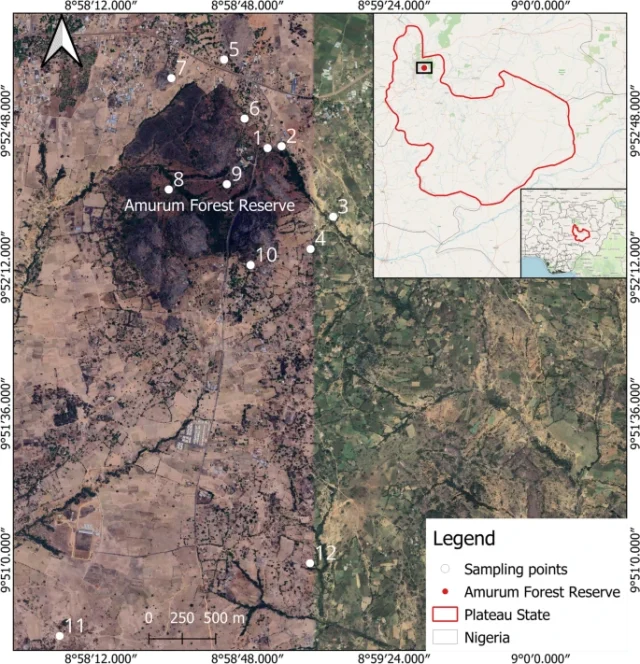For the first time, researchers have confirmed the presence of Sindbis virus (SINV) in wild birds in Nigeria, raising important public health implications and calling for broader arbovirus surveillance in the region.
In a peer-reviewed study published in Scientific Reports published July 9, 2025, scientists from Nigeria and Sweden detected SINV RNA in three out of 504 wild birds sampled over two years in Plateau State. All three positive cases were African Thrushes (Turdus pelios), a species that is common, widespread, and often found in close proximity to humans.
SINV is a zoonotic virus transmitted primarily by mosquitoes, particularly species in the Culex genus. Though rarely fatal, it causes febrile illness in humans characterised by rash, joint pain, muscle aches, and fatigue. The virus is enzootic in several parts of Africa, Europe, and Asia, but its presence in West Africa — particularly in birds — has remained undocumented until now.
Sampling and Detection
The researchers conducted monthly bird sampling in the Amurum Forest Reserve in Jos, Nigeria, between 2022 and 2023. Blood samples from birds were screened using RT-qPCR, conventional PCR, and Sanger sequencing. One bird’s sample yielded a complete SINV genome, which was phylogenetically related to SINV genotype I strains previously identified in Kenya, Algeria, and Spain.
The 0.6% SINV prevalence rate among the birds suggests a low but active circulation of the virus in the area. The researchers noted that SINV has a short viremia period (2–5 days) in birds, meaning many infections may be missed if sampling does not coincide with active viral presence.
Bird-Mosquito-Human Interface
Lead researcher Dr. Dickson Anoibi Matthew and his colleagues emphasize the role of African Thrushes as potential reservoir hosts. The species’ behavior — ground feeding, inhabiting thickets, and frequenting areas near human settlements — may increase contact with SINV-infected mosquitoes.
Although no human cases have yet been confirmed in this area, the researchers referenced earlier serological evidence from 1978 indicating possible past human exposure to SINV in southwest Nigeria.
Broader Implications.
The study calls for One Health-based surveillance, integrating data from birds, mosquitoes, and humans to assess the full public health impact of SINV in Nigeria. Researchers also highlighted the seasonal patterns in virus detection, suggesting increased transmission during the dry season, when birds and mosquitoes congregate around scarce water sources.
“We recommend more widespread mosquito sampling and human serological studies in the region,” the authors concluded. “The presence of SINV in birds in proximity to human settlements poses a zoonotic risk that should not be ignored.”
The full SINV genome sequence from the study has been deposited in GenBank under accession number PV075212.







